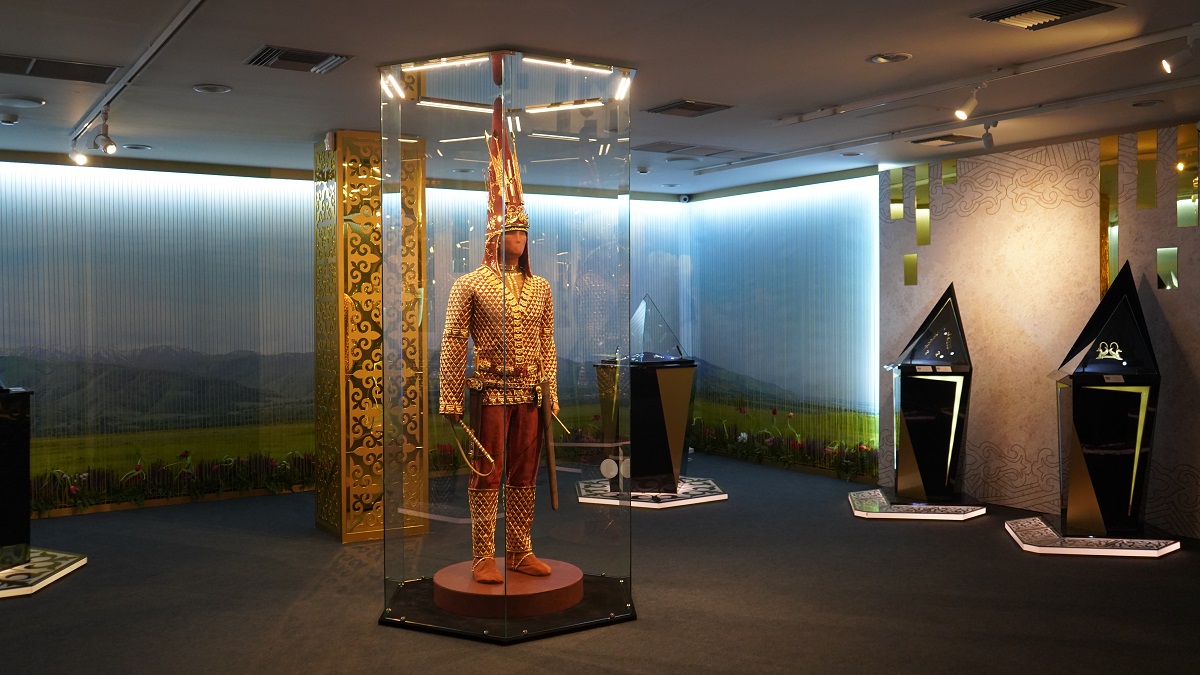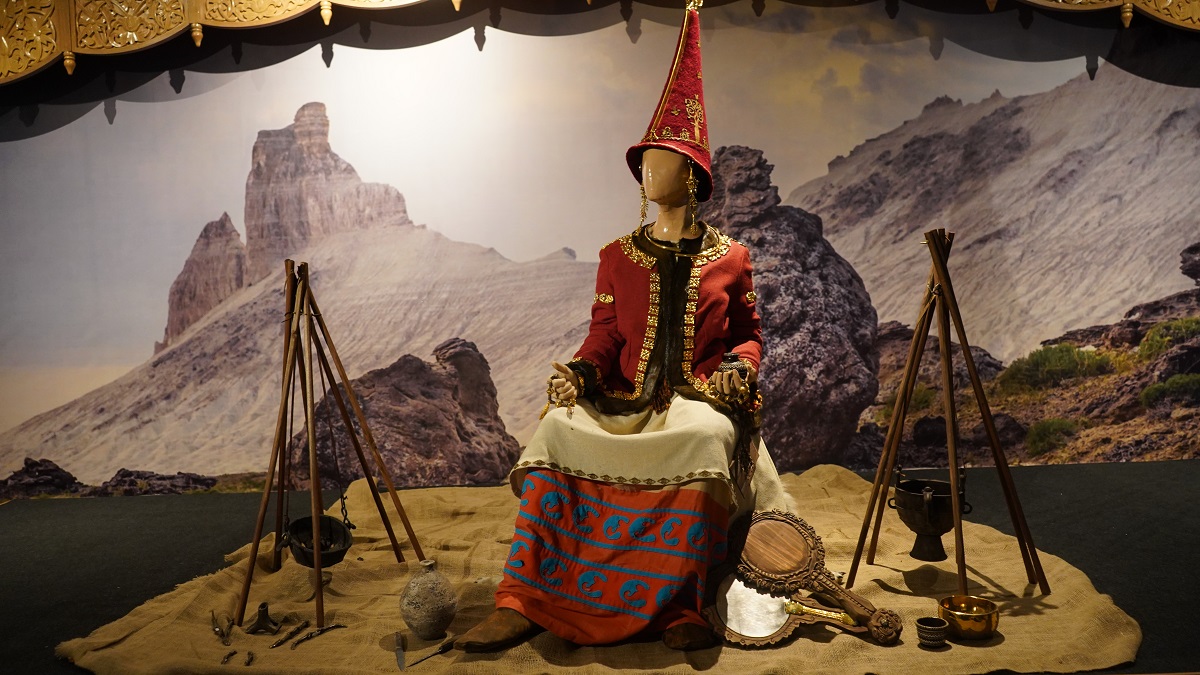11 March 2020, 12:00

March 18, 2020, at 5 p.m., the exhibition "The Great Steppe: Time. Space. Culture" will open in the National Museum of India, New Delhi. The organizer is the National Museum of the Republic of Kazakhstan. The exhibition will be held from March 18 to April 19, 2020, within the framework of the international project "The procession of the Golden Man through the world museums," organized as part of the program of the First President - Elbasy Nursultan Nazarbayev "Rouhani Zhangyru".
The main exhibit of the exhibition is the “Golden Man” - the most famous archaeological discovery in the history of Kazakhstan, which has become an integral part of the countrу symbols. The "Golden Man" was discovered in 1969 as a result of archaeological work in the Issyk mound, 50 km east of Almaty, under the leadership of archaeologist Kemal Akishev. It was discovered more than 4 thousand gold items, including decorations of clothes, jewelry and household utensils. According of discovered items a reconstruction of an ancient warrior who lived almost 2500 years ago was created.
A young man of 17-18 years old was dressed in a festive attire, decorated with gold items in animal style. To the right a long sword laid, to the left - an iron dagger-akinak. The cone-shaped headpiece is decorated with golden figures of snow leopards, winged horses, birds, embodying the idea of a three-part organization of the world: the underworld - earth - heaven. In front of the headdress there is a solar emblem - a symbol of the cosmos as a whole: winged horses and four arrows. This is a kind of sign of power over all three worlds and the four corners of the world that the Sun goes around in its path. The uniform and method of burial clearly showed the high social status of the warrior.
The Issyk Golden Man is the main exhibit of the National Museum of the Republic of Kazakhstan, which was presented in 12 museums of the world as part of the international project. The exhibition was a great success in Belarus, Russia, Azerbaijan, China, Poland, South Korea, Uzbekistan, Northern Macedonia, Turkey, Malaysia and Greece.

The exhibition acquaints the foreign audience with the rich historical and cultural heritage of Kazakhstan. The exhibition will present unique archaeological finds from the Saki barrows Taksay (West Kazakhstan region), Taldy-2 (Central Kazakhstan region), Berel (East Kazakhstan region), Central and South Kazakhstan, Zhetysu. Visitors to the National Museum of India will have a rare opportunity to see a silver bowl from the Issyk mound containing a two-line inscription of 26 runic signs. This exhibit testifies to the early distribution and use of writing in Kazakhstan.
The ideas of nomadic culture run through the exhibits among which are the archaeological finds of the medieval cities of the Great Silk Road, horse equipment and silver jewelry of the 19th - 20th centuries. Also, visitors to the exhibition will be able to see the reconstruction of the “Taksay Princess”, discovered during excavations by the archaeological detachment of the West Kazakhstan Regional Center for History and Archeology in April 2012. In the Taksay complex, scientists investigated the burial of a noble woman of 35-40 years old. Vessels, the remains of an ornate headdress, and many gold jewels were found next to her. The woman herself was covered with a veil embroidered with gold plaques. Scientists consider the wooden crest, which depicts scenes of battles, to be a unique artifact.
In total, the exhibition features 292 items from the collections of the National Museum of the Republic of Kazakhstan.
Prior to the official opening of the exhibition, a press conference will be held with the participation of representatives of the National Museum of the Republic of Kazakhstan and the National Museum of India.
Stay updated about the events of the Prime Minister and the Government of Kazakhstan - subscribe to the official Telegram channel
Subscribe